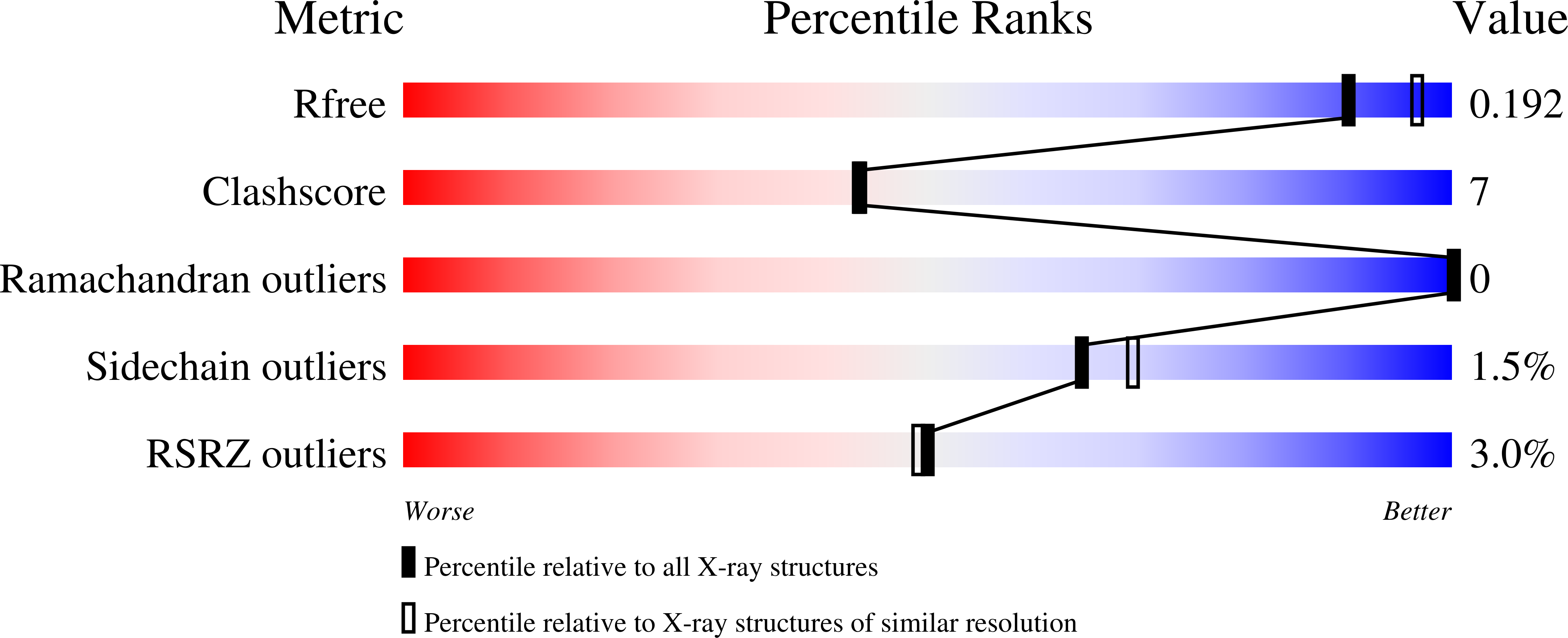
Deposition Date
2021-01-04
Release Date
2021-02-10
Last Version Date
2024-01-31
Entry Detail
PDB ID:
7BFT
Keywords:
Title:
Thermogutta terrifontis esterase 2 phosphoramylated by tabun
Biological Source:
Source Organism:
Thermogutta terrifontis (Taxon ID: 1331910)
Host Organism:
Method Details:
Experimental Method:
Resolution:
1.99 Å
R-Value Free:
0.19
R-Value Work:
0.15
R-Value Observed:
0.16
Space Group:
P 21 21 21


